This is an edited version of a talk I gave recently at the Bather’s Library Summer Symposium on the subject of art monsters and art sharks1, which are both very specific references but basically have to do with making art and also mothering/parenting. This topic has been surprisingly generative for me since having the forcing function of a presentation to give, and I’ve got all sorts of ideas for extending this work. If it’s a topic you’re interested in, please reach out. And if you’re already familiar with the context of my book report project, I would suggest skipping ahead to section two, Mothering.
My perspective on being an art shark comes almost entirely from my experience making this book called The Emergency Was Curiosity.
It’s a somewhat unusual project. An illustrated book report inspired by Jenny Odell’s book How to Do Nothing and focused on cultivating individual and collective creative attention.
What I want to do in this talk is:
Tell you the story of the project
Highlight how making the book was intertwined with my experience of parenting
Offer some ideas on being an art shark from my perspective as an amateur artist
I. Context
My professional experience is in progressive media, politics and philanthropy. I didn’t go to art school or have an MFA or even identify as a capital A “Artist”.
At the beginning of the pandemic, I started working on this project as a personal creative response to Jenny’s book, having just left my job of ten years, with two small children and no childcare and never having had a creative practice to speak of before.
I had read Jenny’s book when it first came out and found myself coming back to it over and over in those early pandemic months. It predicted so many dynamics - particularly around the importance of care and maintenance over productivity - that came to define that very specific time.
At first I was simply copying by hand quotes from Jenny’s book that I liked and that I wanted to remember.
Eventually I started doodling and collaging, making watercolors and writing essays about the ways the ideas in Jenny’s book were increasingly relevant in my own life. I was living in a rural place for the first time and had a deeper relationship to nature than I ever had as someone who had lived in cities all my adult life.
Making these pages became a practice of attention for me. Over the course of the three years I spent making the book report, I made more than 200 pages that I eventually turned into a book and later, an exhibition, which led to other exhibitions and an event series. And the project has evolved so far beyond where it started as something I was working on just for myself.
As a newly creative person, there was also a really big learning curve, and I had to do all sorts of things to educate myself. What I’m trying to do in my own creative practice now is fill in some of the gaps that I found — particularly as a mother, particularly as a person of color.
The discourse on creative practice often excludes mothers.
The discourse on motherhood often excludes mothers of color.
The discourse on mother artists of color is almost entirely nonexistent.
I even had trouble making this Venn Diagram, which seems like it should have been disjointed sets - circles that don’t overlap at all. So I’m both trying to locate myself and insist on myself in the discourse about art sharks and art making more generally.
II. Mothering
My project has turned out to be about a lot of things, but it is a lot about mothering.
And I should note that I’m using mothering in the Angela Garbes sense of the word, which is to say that it is not gender-specific, and you do not have to have children in order to mother.
My own kids are all over the book. I had never spent as much time with them as I did during that first pandemic summer, and this project is intimately tied with my mothering of them.
Mothering is there in the relentless crafting I did with them to pass the time, like these binoculars we made out of toilet paper tubes.
If I wanted to take a walk, I had to take my kids with me.
There’s a lecture about creativity by John Cleese that Jenny mentions in her book. In it he talks about 5 Factors for Creativity. What struck me immediately about this list is that he doesn't say anything about childcare. I can't think of creating anything without thinking about who is going to watch my kids if it's not me. I was only able to work on my project because my partner was willing to do a lot of the childcare.
So I wanted to offer my own manifesto for creativity: Time, Space & Childcare.
Before I continue, let me just say that if you're hearing all these suggestions, and it all sounds impossible to you, that's because it is. We have to weave for ourselves and each other an infrastructure to support parenting, to support creative practice where none exists.
III. How to Be an Art Shark in 10 Easy Steps! (Mileage May Vary)
Time. Let’s start with time. It’s at the heart of every other suggestion. No one I know has any. But we have to try and find it, however unreasonably. I wrote most of this talk in the parking lot of my kid’s soccer practice.
Space. Find a door you can close. If you don’t have a door, trade space with a friend. Meet your friends at the coffee shop and then insist that everyone try to do their creative work for a little while. Or just use the time and space to zone out a bit. I worked on my project in a shed on our property. When the door was closed, my kids knew that I was working on my book report.
Childcare. Childcare can also be traded. And while this isn’t true for everyone, once they reached a certain age, I found it easier to have more kids around to play with each other than it was to watch my children alone. But also if your kids are small, it’s really hard to do anything other than take care of them. Go easy on yourself, wait a few years, things may change.
Make something useless. Make something just for yourself. It’s okay to be illegible. There is value in uselesslessness. Jenny writes about Old Survivor, a redwood tree that has survived for years by appearing useless to loggers as a timber tree.
Take a class. Here’s a somewhat embarrassing list of all the random classes I took over the years I worked on my project. Most of these were one-offs, a couple of hours, pretty cheap. A lot of times taking the class was my creative work, and that was enough.
Morning pages. This practice from Julia Cameron’s The Artist’s Way involves three pages of stream-of consciousness writing done by hand first thing in the morning. I find them useful for emptying my brain of every little thing that I wake up thinking about before my day starts. If you can manage to stick with it, you start to notice patterns - what you’re interested in, what you’re (still) complaining about, what you want, what you really want.
Find other people. I’m part of a group of creative mothers that came together at the beginning of the pandemic when we started meeting weekly over Zoom. We serve as sounding boards for each other, edit each other’s projects, sometimes pretend to be each other’s assistants. I highly recommend finding a crew of fellow creatives – it’s helpful on a practical level but also mostly on a human level.
Don’t work alone. Bringing in other people can be a way to lighten the load for yourself but also to give an entry point for another artist to participate when they may not have the room to be working on their own big project. There was a point in my project where I got so sick of drawing that I asked other people to draw John Cleese for me.
Get rejected. Our creative group was really inspired by Kim Liao’s advice to “Aim for 100 Rejections a Year.” (We even have a rejection leaderboard!) Aiming for so many rejections takes the sting out of them when they happen, and you don’t take things so personally. Collect enough rejections and some acceptances slip through; and in the meantime, you’re practicing.
Tell everyone. I applied for 11 residencies with this project, and I didn’t get any of them. And then got a residency that I didn’t even apply to, because someone else had nominated me. All because I had told them months earlier what I was working on. So tell everyone; you never know where your champions are.
After all the reading and research and practice I’ve done on this topic…
I think the work of being an art shark is a collective rather than an individual effort. And our collective work is to try to make time and space for creative practice available for each other and for as many people as possible.
And I’m convinced that by having more conversations like this, we are creating the conditions for there to be more sharks among us.
I am using these terms sort of interchangeably, not totally accurately, more like in a vibe-y way but hopefully close enough to give you some ideas. Here are a few other things to read: Marin Kosut’s Art Monster: On the Impossibility of New York, Lauren Elkin’s Art Monsters: Unruly Bodies in Feminist Art and Claire Dederer’s Monsters: A Fan’s Dilemma. Maybe one of you can read them and write a book report.



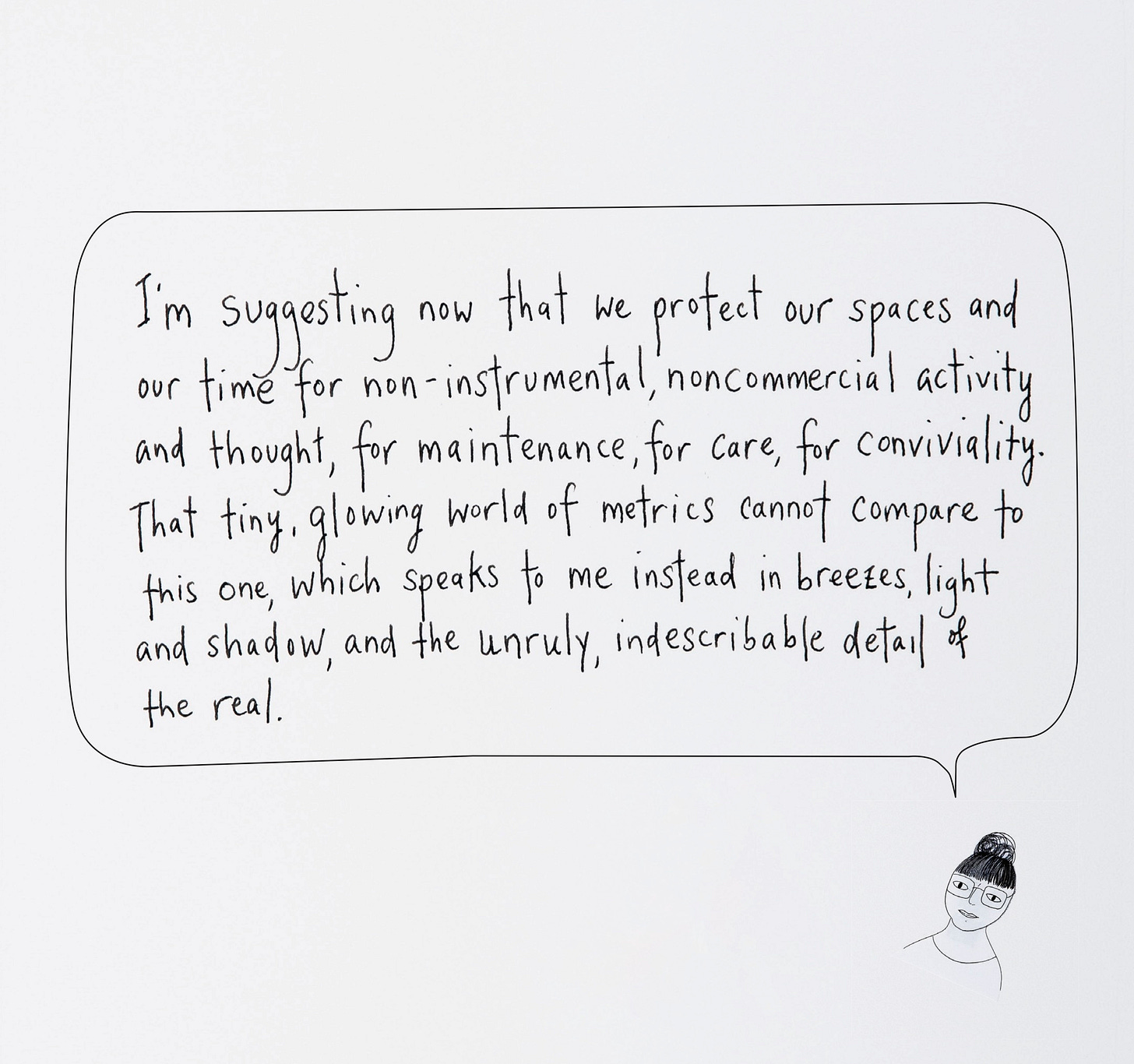
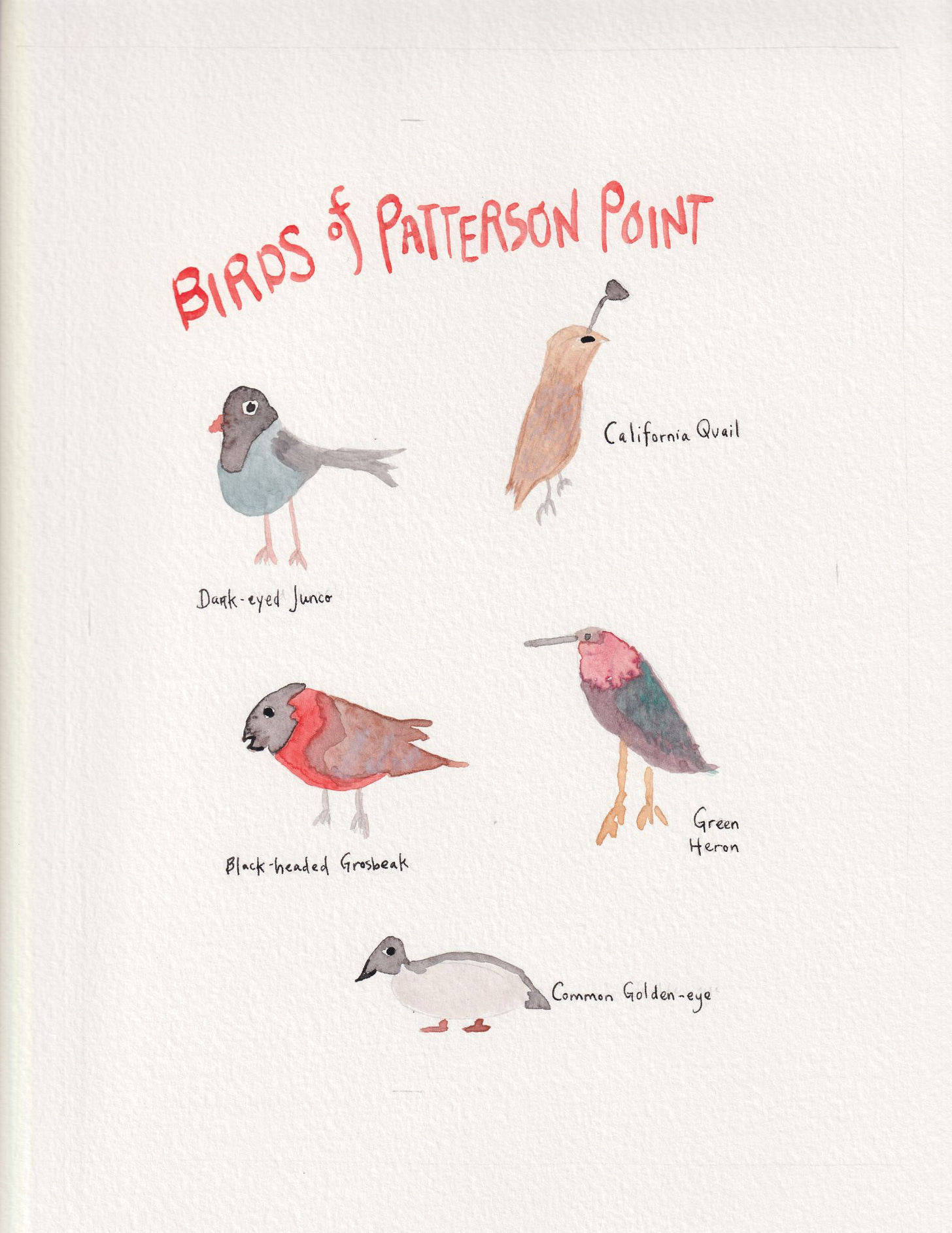
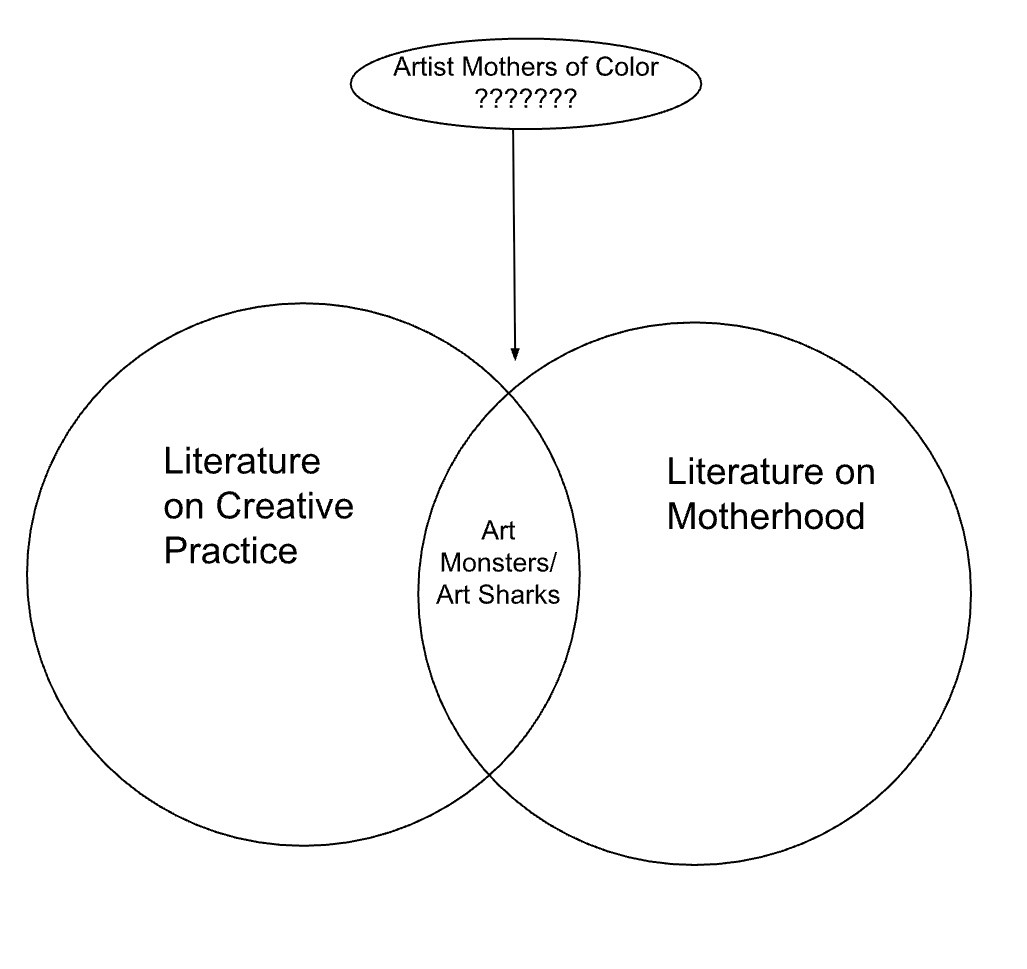
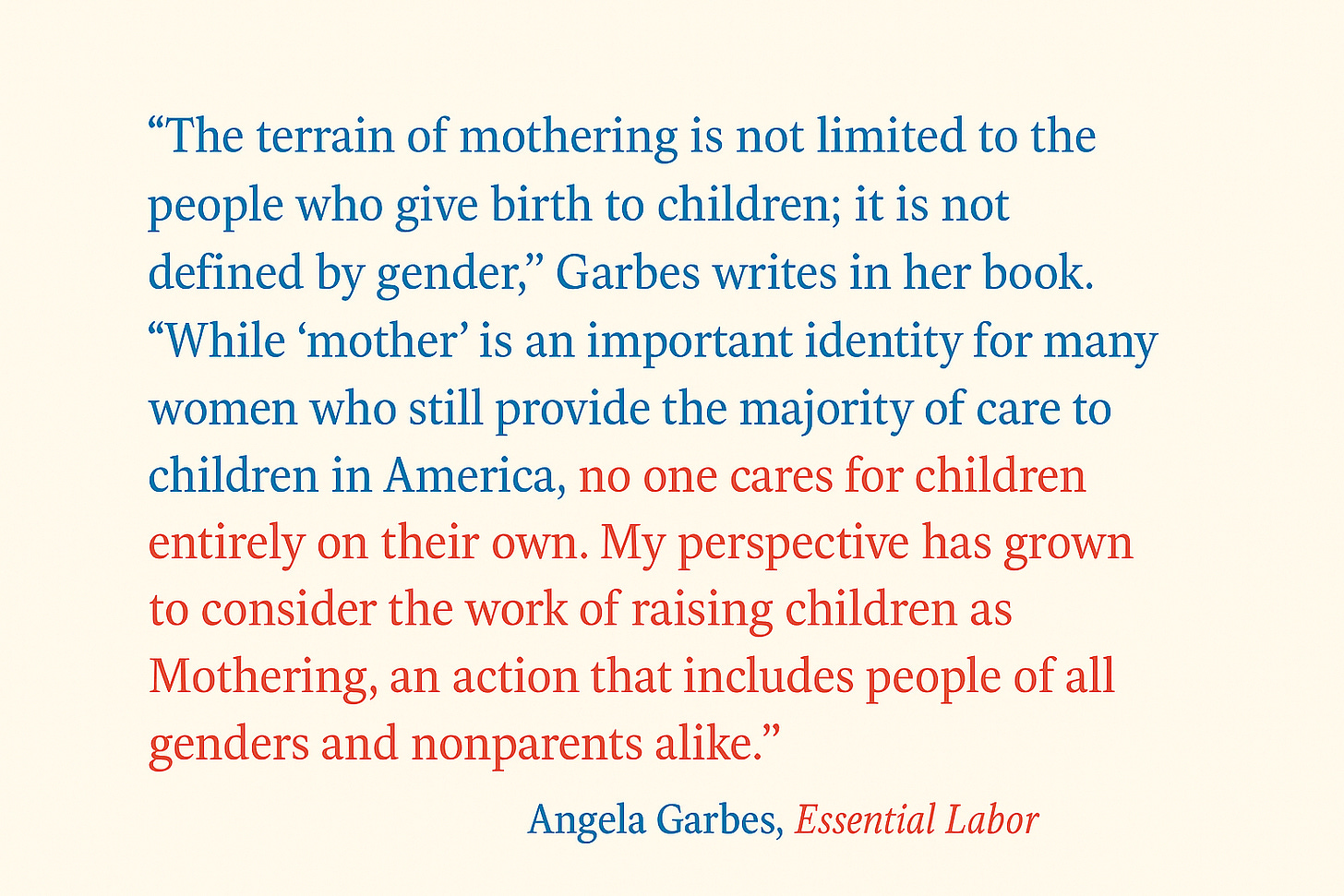

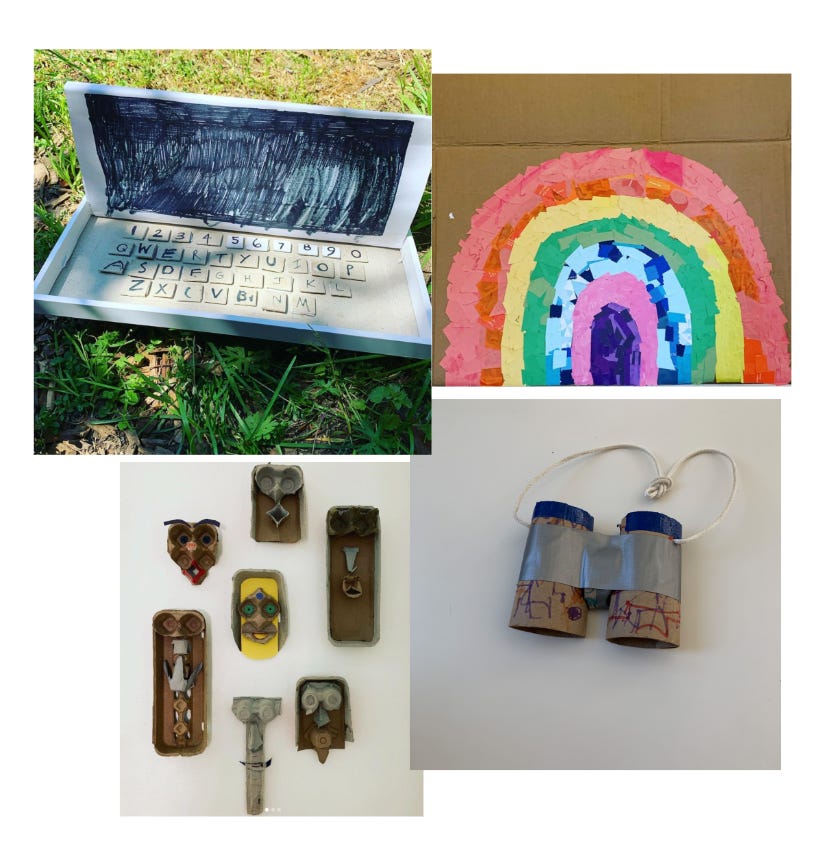
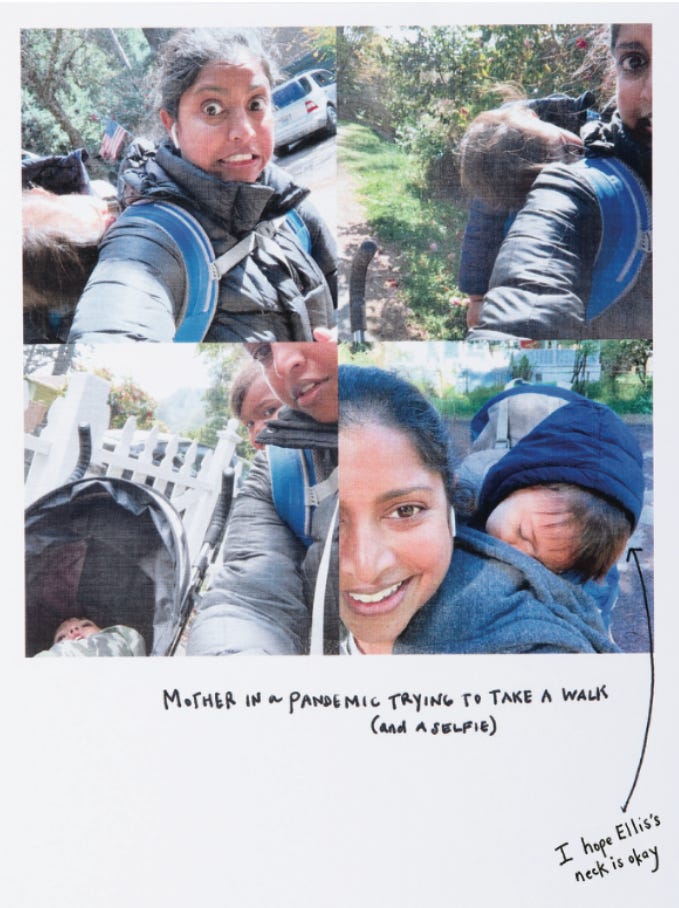
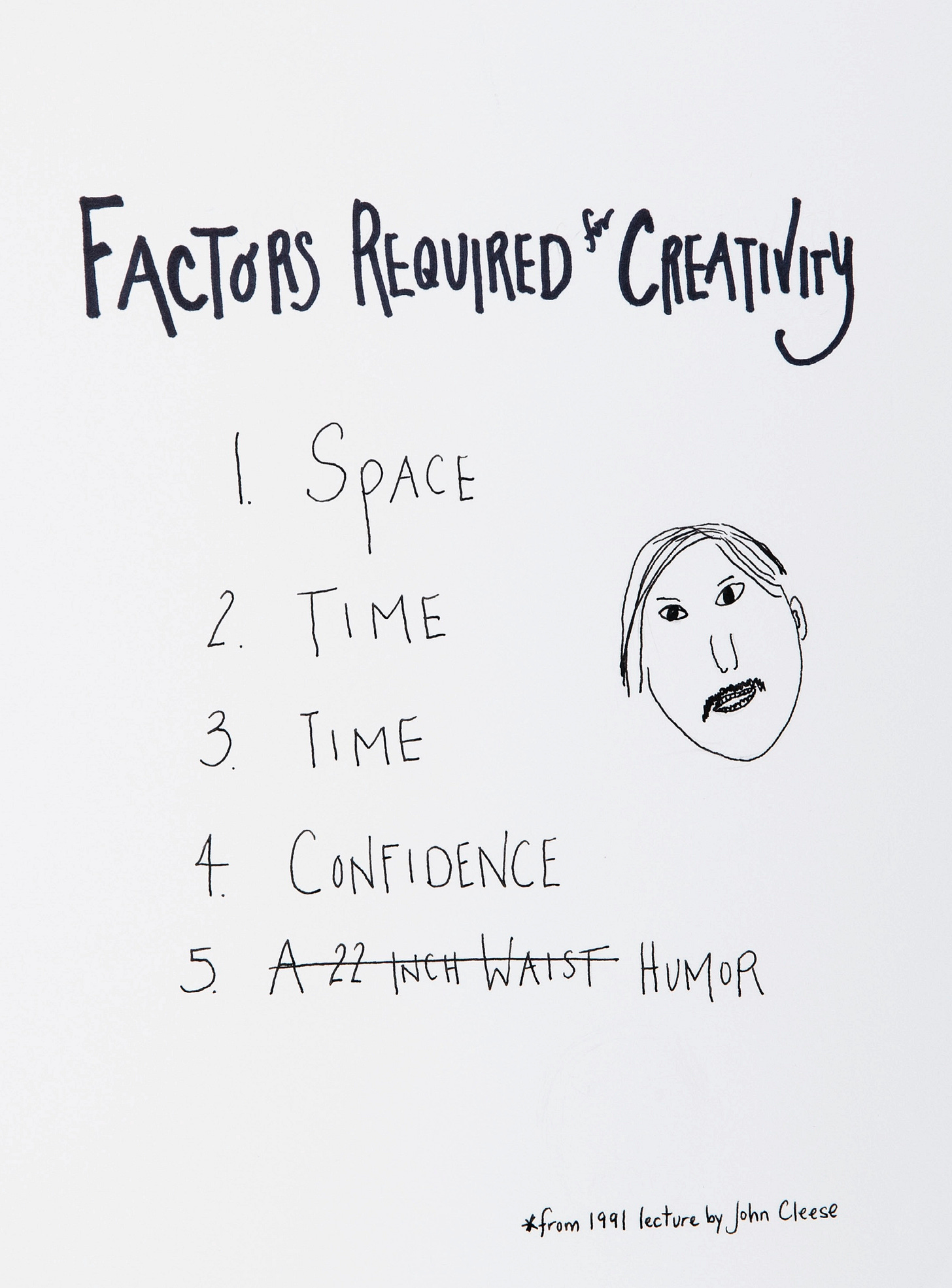
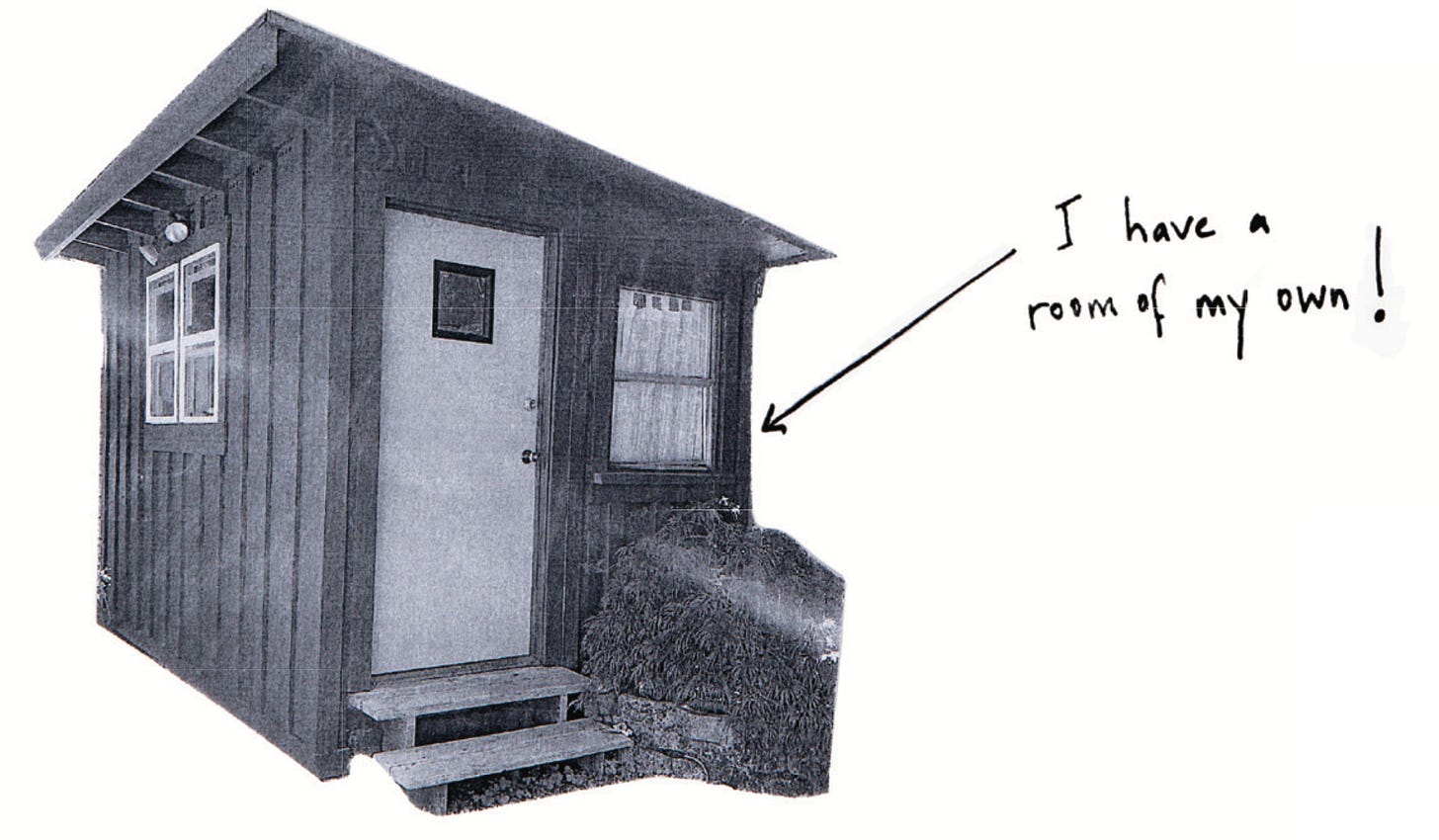
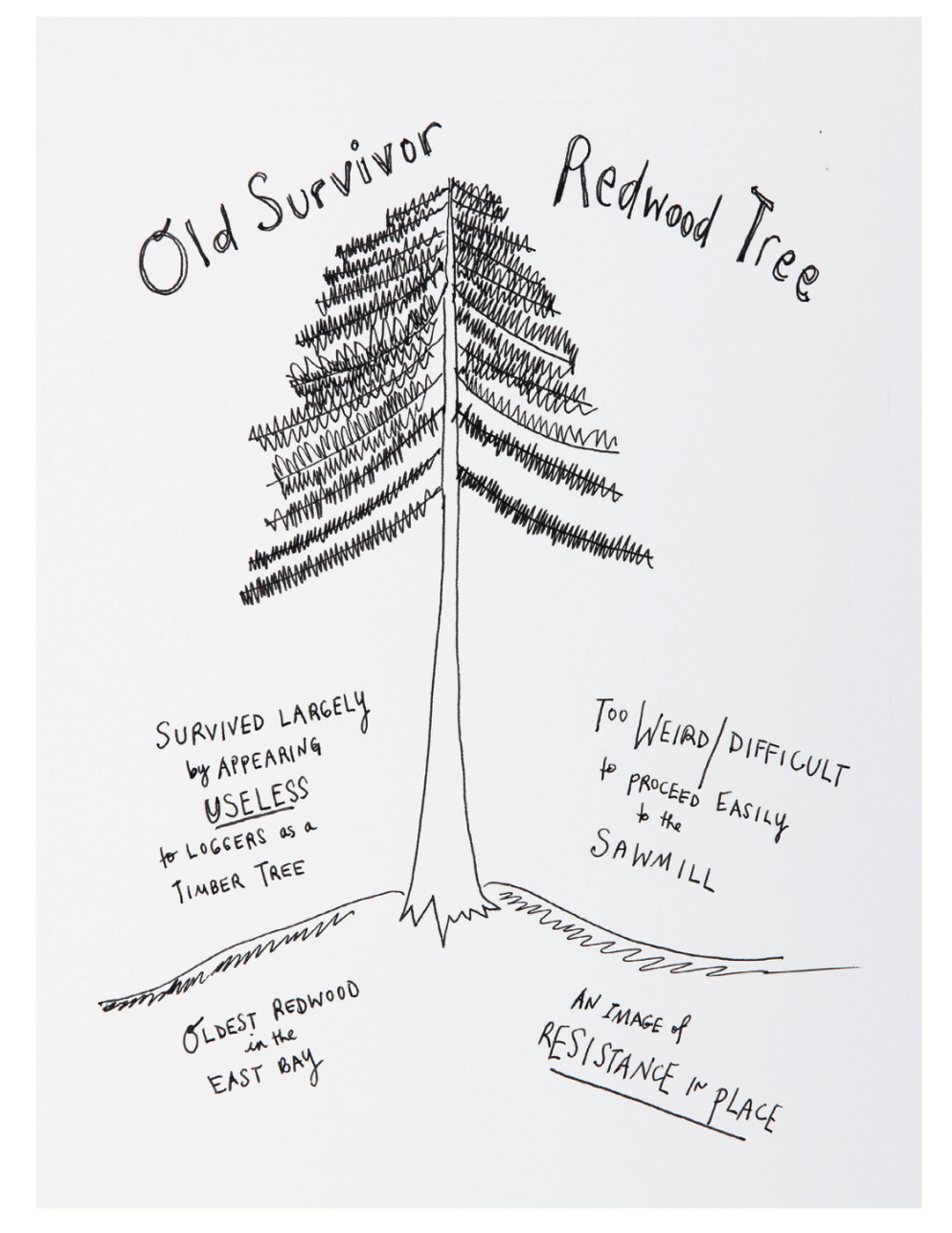
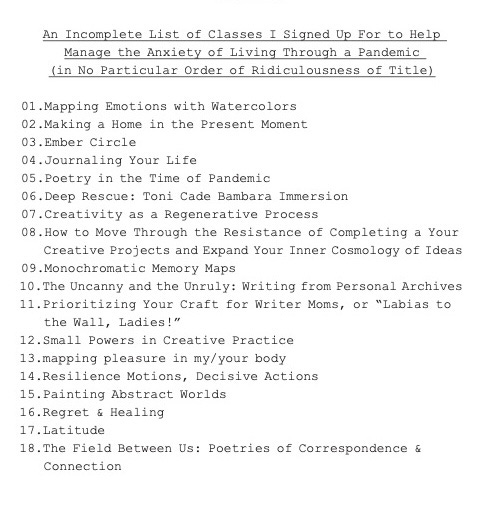
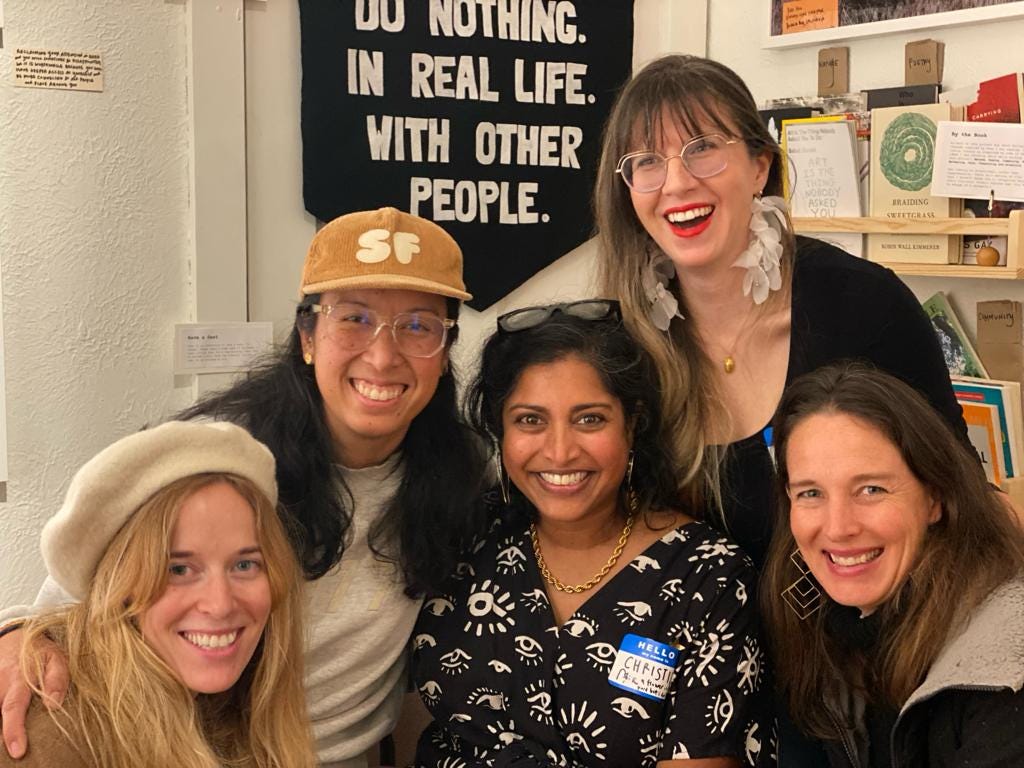
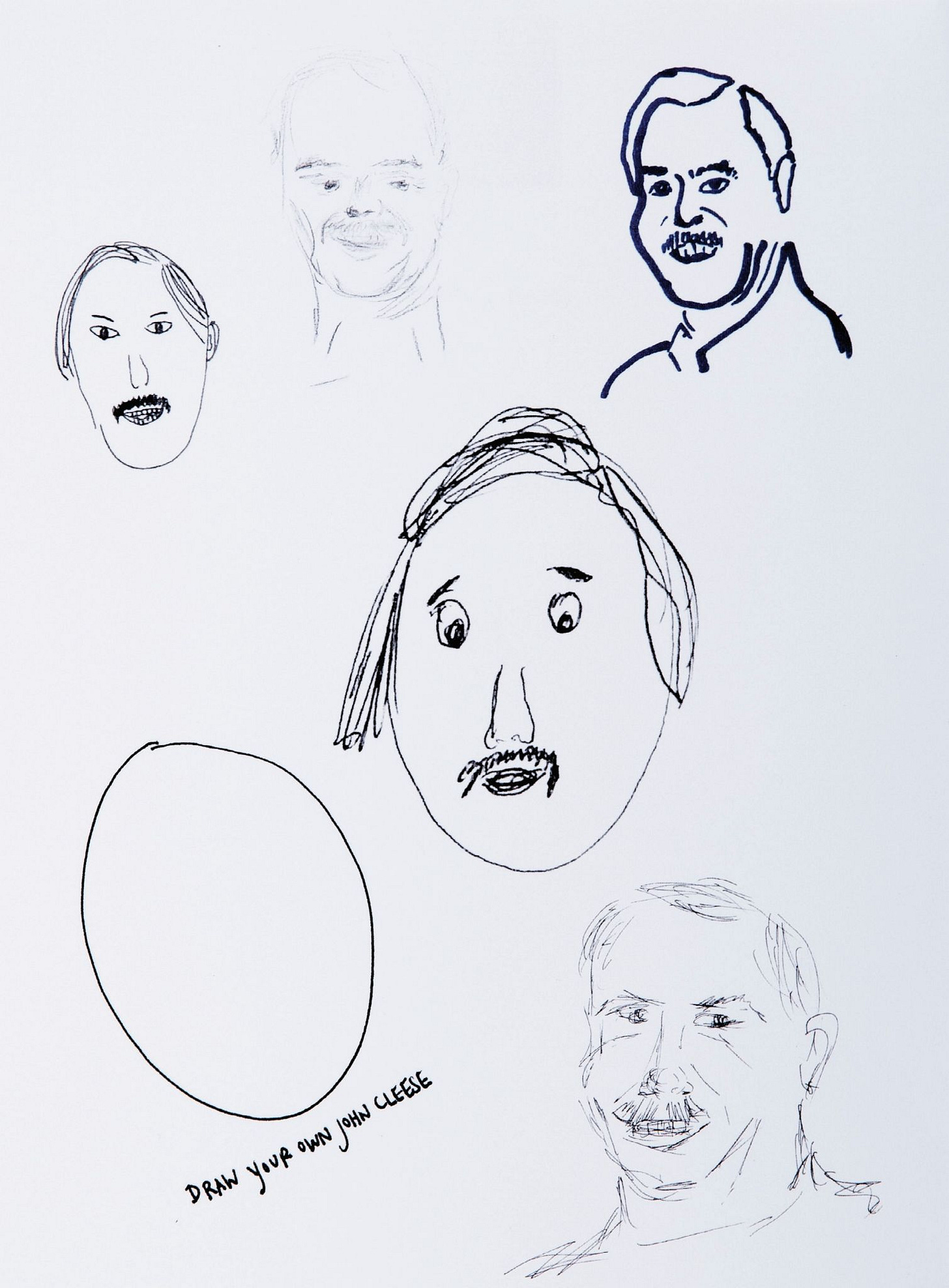
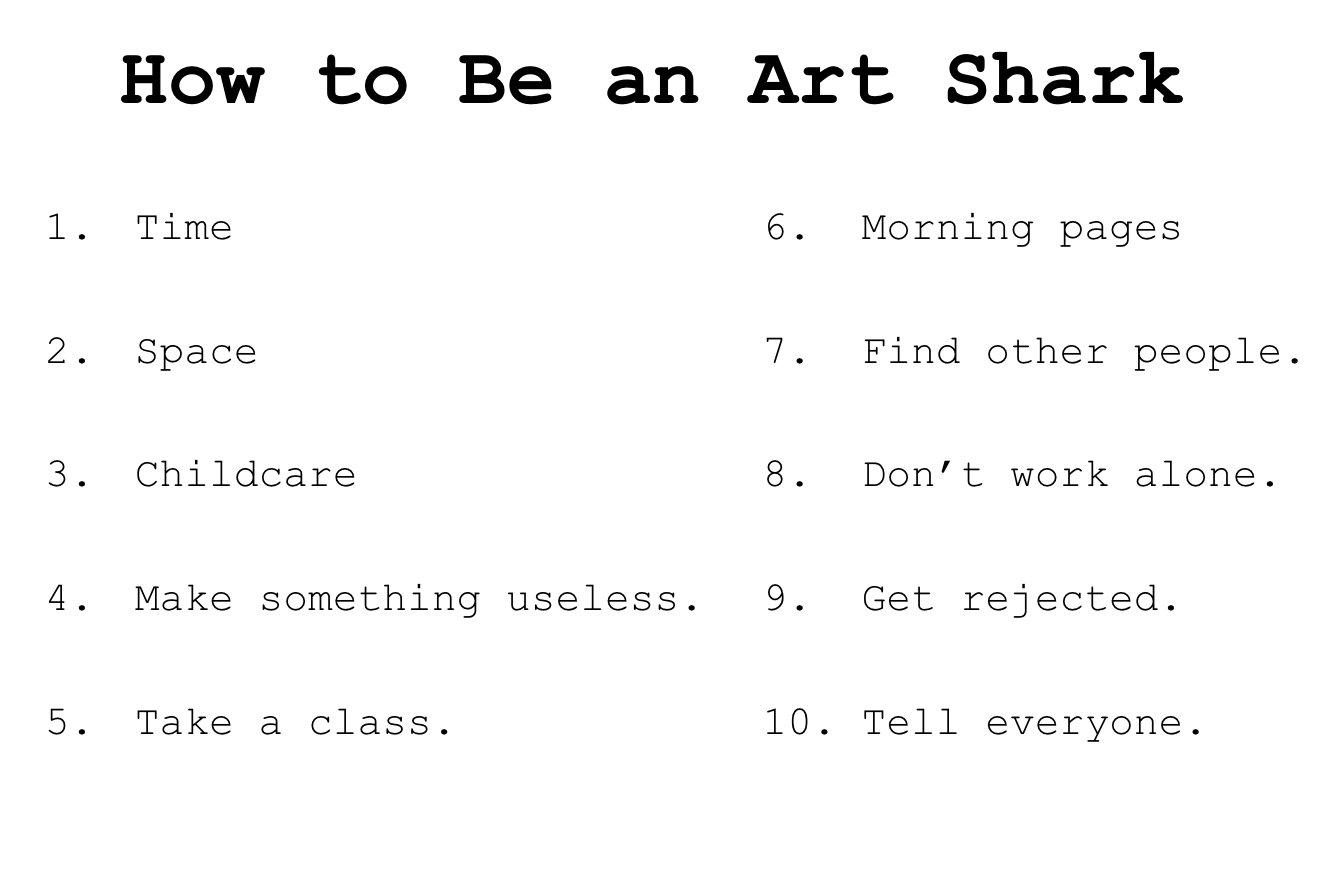
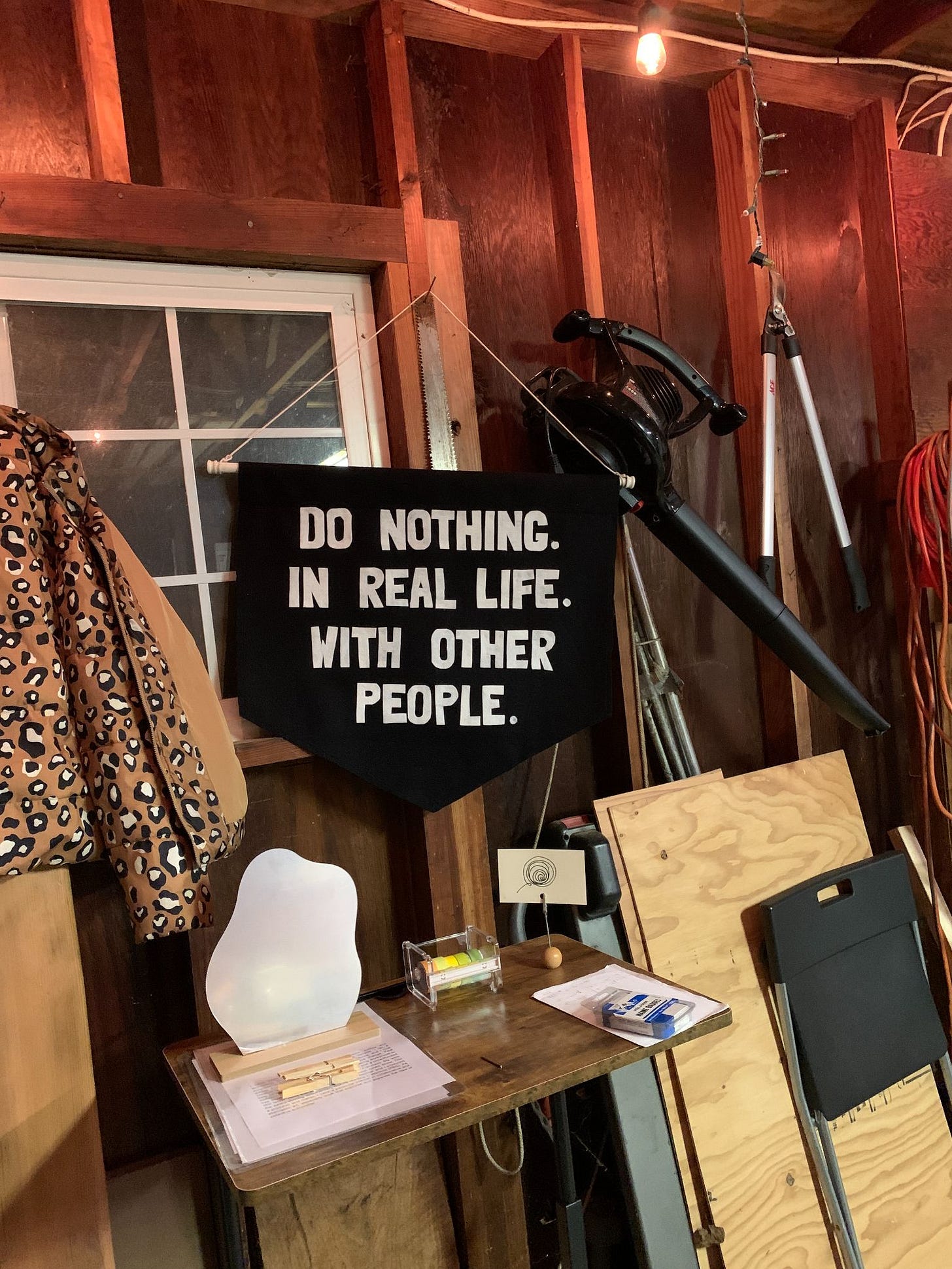
Reading this with my baby asleep on my lap and can’t tell you how much I needed this
Thank you for being a voice for artist mothers of color. I am always looking for us.